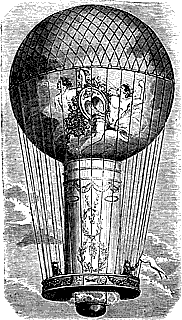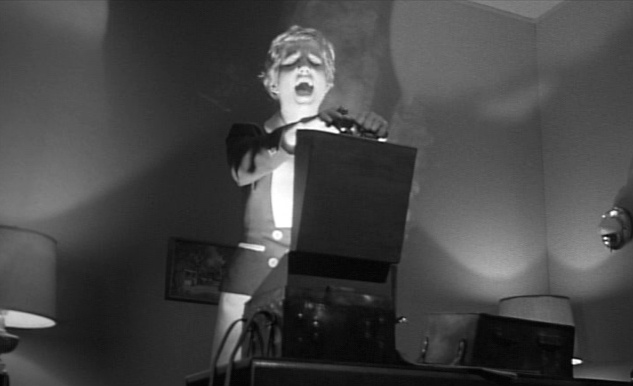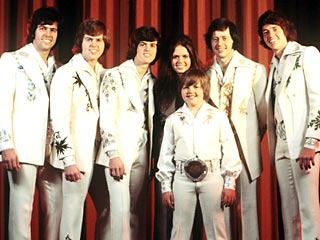Here comes the Krummhorn Man.
He’s had a palaver.
He has to solve acrostics for his mother.
She is blind, and so is her dog.
The dog’s name is Spinach.
Spinach is a good name for a dog.
That’s what mother thinks.
She is ninety now, and every domestic pet she has ever had since she was a tiny tot she has called Spinach.
The donkey, the hamster, a kitten, several goldfish, certain other types of fish, rabbits and budgerigars, all Spinaches.
This might be called monomania.
The Krummhorn Man looks kindly upon his mother.
He is a good son.
Take a look at him now, a shopping list scrunched in his fist, prancing up the street.
He is on his way to the butcher’s.
The butcher is a caution.
He’s Cyclopean and bears duelling scars.
Lit by the moon, he howls, a proper butcher’s howl.
He keeps a vase of peonies on his mantel.
Oh for campions and oxlips!
Today it is sausages for the Krummhorn Man.
The sausages have the name of an English county.
The butcher, the butcher, the butcher with his meat-cleaver.
How sharp it is, and fearsome.
He whets the blade on a whetstone behind his kiosk.
You can hear the scree scree scree before dawn.
He wakes the town.
Sausages bought, on goes the Krummhorn Man, past the haberdasher and the aquarium.
Past all things.
Out into the gorse and nettles, followed by geese.
Like the Pied Piper of Hamelin.
But he is not pied and he has no pipe and it is not Hamelin.
It is an English county with the same name as the sausages.
Or it might be, if things fit neatly together.
He pops a boiled sweet into his mouth.
It is a spangle.
Invisible threads bind him to the past.
He smacks his lips.
The sound alerts an otter.
The Krummhorn Man shook off the geese and now he has an otter.
He sits down by the river.
He has to solve acrostics for his mother.
The wind is fair, the wind is foul.
The Krummhorn Man throws in the towel.
It is carried downstream towards the sea.
The otter follows him back to mother.
Dog and otter in mother’s parlour.
The one blind, the other not.
What a palaver.
Umbilically linked as once he was he makes a pot of tea.
He ties a knot in a dishcloth and chucks it out of the window.
And here comes Mister Snippage, toiling along the lane.
He is lame and pale and valiant.
What ho, what ho.
And tally tally ho too.
Then the Krummhorn Man makes himself scarce.
He takes himself to a place of defeat.
He leaves the sausages on the kitchen counter.
Where would he be if he were not here?
Over the sea and in a capital city loud with life.
Churning up the churnable, sparks and pangs, wearing a hat at a jaunty angle, getting into tangles, bumping things.
He peers into the distance through the mist.
The glue factory has closed down.
He keeps one arm in a sling for old time’s sake.
He was once the invalids’ invalid, just as the butcher is the butchers’ butcher.
It says so on a sign on his wall.
There is a red wax seal embossed on it of heraldic significance.
Red wax too in the Krummhorn Man’s hair.
A barber put it there for a prank.
Little gobbets, tiny orbs.
He is a very peculiar barber, shunned by many, and that is no surprise.
The barber is down a way from the butcher and the haberdasher and the aquarium, and around a corner, ever in shadow.
It is where they hold table-rapping meetings, with ectoplasm.
The Krummhorn Man sought his father there.
He is a good son.
Hedges flank the abandoned glue factory.
They have not been snipped for many a spring.
It is a place to pine.
There are still nozzles to be seen among the ruins.
The Krummhorn Man has his favourites.
He has snapped thousands of photographs with a long lens.
He used to use a Polaroid.
Polaroids and polar bears and polar wastes, he kept them together in his head.
It was a nice head, mother said.
It was the colour of curd.
The otter was gone from the parlour when he went back, bent on his sausages.
The fat sizzled in the pan.
Just then Mister Snippage came toiling back along the lane and began to pound on the door with his great hairy fists.
Spinach dragged his ancient canine bones to the doormat and dribbled.
At the same time the telephone rang and an alarm sounded.
It was pandaemonium.
The hospital helicopter was circling overhead.
There was gunfire coming from the hills.
It turned out to be a mock emergency, staged by actors.
Even Mister Snippage was not really Mister Snippage at all.
His part was played by an elfin amateur caked in makeup.
The sausages were burned black.
See, see, the Krummhorn Man has set out again, in the rain, in the rain.
This time he has taken a pipe.
Its bowl is in the lee of the brim of his hat so the rain does not douse it.
But the shutters are down at the butcher’s shop.
The butcher is gone for the day.
Where is he gone to?
That is what everyone is asking, in a huddle at his door.
Then the band strikes up that old traditional air “Butcher, Butcher, Where Have You Been?”
But until he comes back they will be in the dark.
Butcher, butcher, where have you been?
Until I come back you will be in the dark.
Butcher, butcher, what have you seen?
I have seen a swan in a pond in the park.
Butcher, butcher, why is it dark?
Because the shutters are down on my shop on the street.
Butcher, butcher, will you ever come back?
I shall return with contaminated meat.
The Krummhorn Man goes home sausageless in the downpour.
He must solve acrostics for his mother.
Spinach is asleep in front of the fire.
He is dreaming a dog dream of triumph and vinegar.





